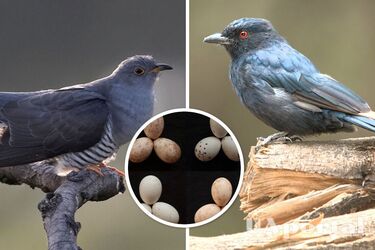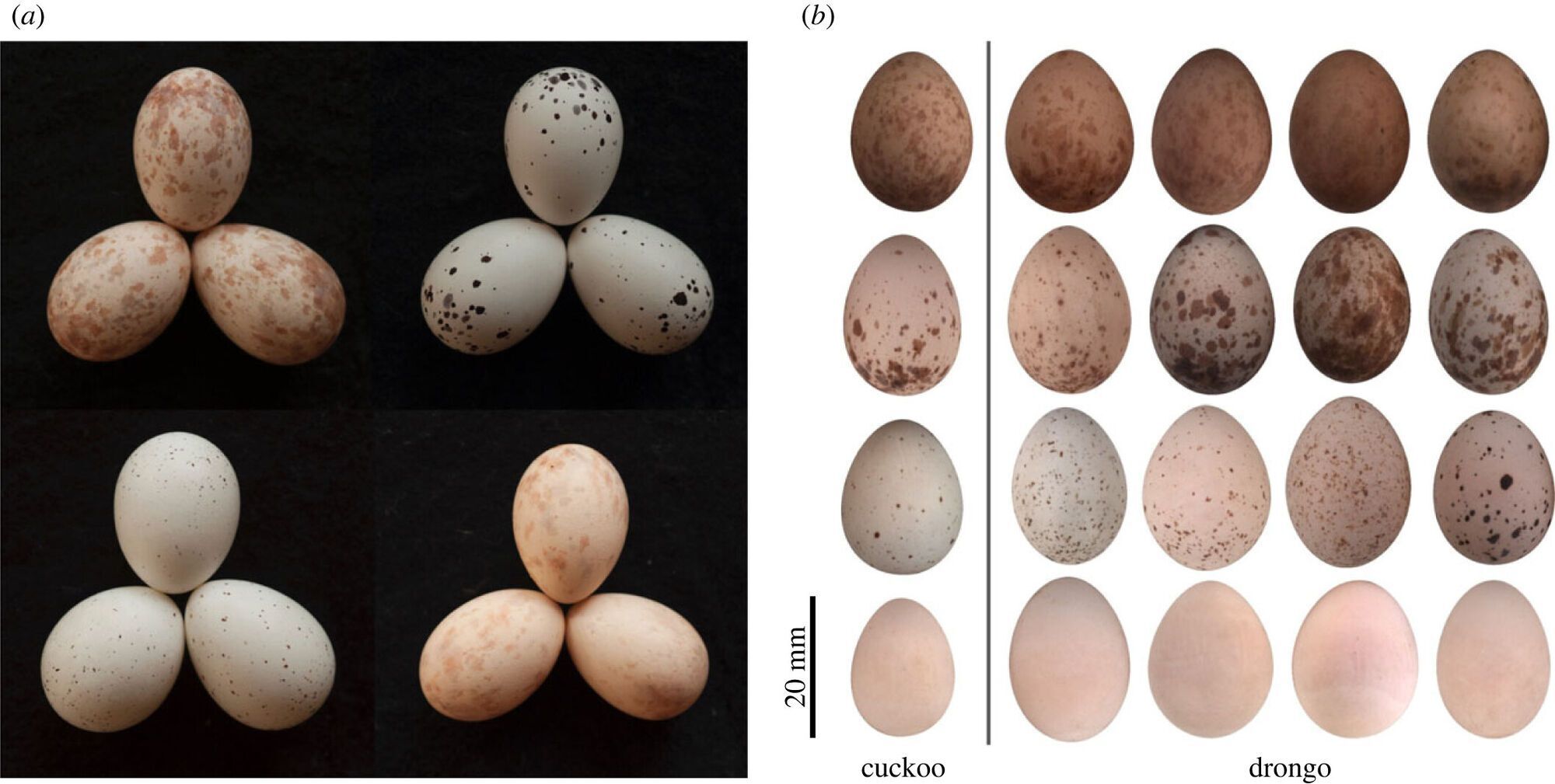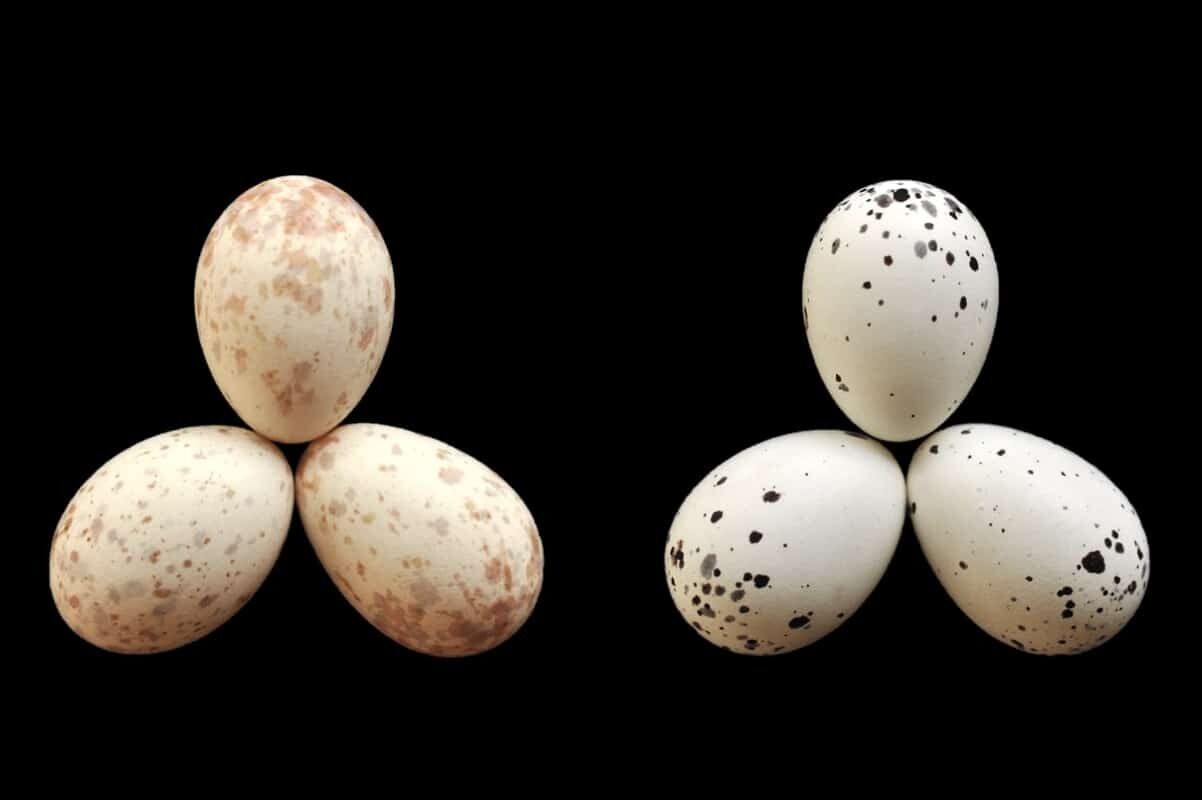Birds in Africa have learned to 'mark' their eggs in the fight against cuckoos

Biologists at the University of Cape Town have discovered that female drongo sparrows (Dicrurus adsimilis) display individual patterns on the eggs of cuckoos (Cuculus gularis) that parasitize their nests. A new study has shown that this unique pattern allows drongo sparrows to accurately identify other eggs in more than 90% of cases.
Cuckoos are known for their ability to parasitize their nests by laying eggs under them. This becomes a real challenge for nesting birds that have to care for "foreign offspring," writes royalsocietypublishing.
Read also: Scientists explained why cats constantly land on their paws
African cuckoos are especially often parasitic on drongo sparrows. Scientists have studied this phenomenon and tried to find out how female drongos recognize fake eggs.

Jess Lund and her team collected 192 eggs from drongo nests in southern Zambia, including 26 fake cuckoo eggs. The scientists noticed that the pattern on each drongo egg is individual, like a fingerprint. This allows females to distinguish fake eggs from their own.
To test the hypothesis, the biologists exchanged eggs between drongo nests, collecting the most similar in color. The results were impressive: even under these conditions, the drongo sparrows rejected 66% of the fake eggs.

Researchers have created a computer model to predict the recognition of fake eggs. The simulations showed that drongo sparrows are exceptionally efficient at rejecting fake eggs, identifying them 94% of the time. This allows the cuckoos, despite their cunning and mastery of nest parasitism, to be successful in laying their young in only two nests in their entire lives.
Read also: Scientists answered why cats do "massage" with their paws to their owners
This study helps to better understand the interactions between different species of birds and demonstrates an impressive natural selection that allows drongo sparrows to recognize fake cuckoo eggs. The discovery is valuable for science and opens up new research horizons in the field of behavioral ecology and bird evolution.
Earlier, scientists found that new species of dangerous birds hide a nerve agent in their feathers.
If you want to get the latest news about the war and events in Ukraine, subscribe to our Telegram channel!
